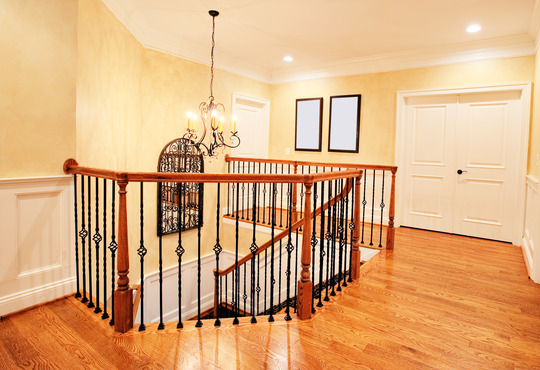
Hardwood floors are one of the most popular flooring choices of today. Hardwood floors provide durable, beautiful flooring that works well with almost any interior design. Sometimes, no matter how beautiful your hardwood flooring is, you need a change.
Maybe your hardwood floor has become damaged or scuffed beyond repair. Maybe you just want to change the look of your home. Either way, it comes down to deciding between sanding and replacing your hardwood floors. So, what should you do?
If your hardwood flooring has already been sanded and refinished several times, it will probably need replacing. A good way to determine this is to examine the flooring. If you can see nail heads at the seams, your floor has been sanded and refinished too much – you need to replace it.
Severe water damage also usually means replacement. Water can make a hardwood floor buckle, bulge and warp. If your hardwood floor has been severely water damaged, replace it – and make sure that the underlying structure is also repaired.
Having your hardwood floor inspected by a professional will help you decide between sanding and replacing. If your hardwood floor has stains, you may be able to have the affected boards replaced, rather than replacing the entire floor. If your hardwood floor has old adhesive residue from carpet, you can probably have it sanded and refinished. It all depends on the condition of the hardwood, itself – information that is best found with a professional.
Hardwood floors are a good investment for a home. They add beauty and value to the home. With proper upkeep, they will last for many, many years. Before you rush out to replace a damaged floor and before you start sanding on your own, have your hardwood floor evaluated by a pro. Choose the option that is best for your flooring needs and your budget.

For all of your Denver Hardwood Flooring needs visit our site today.